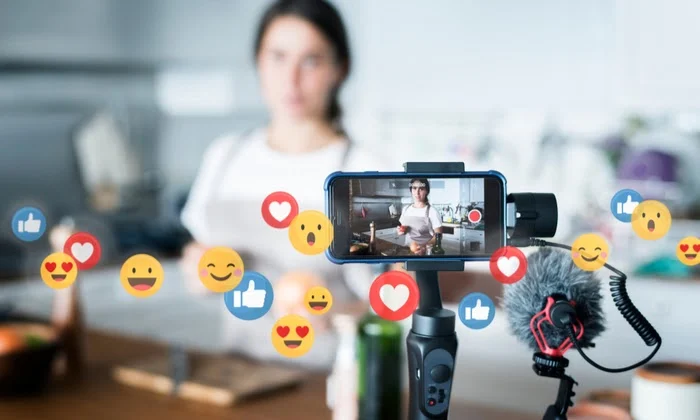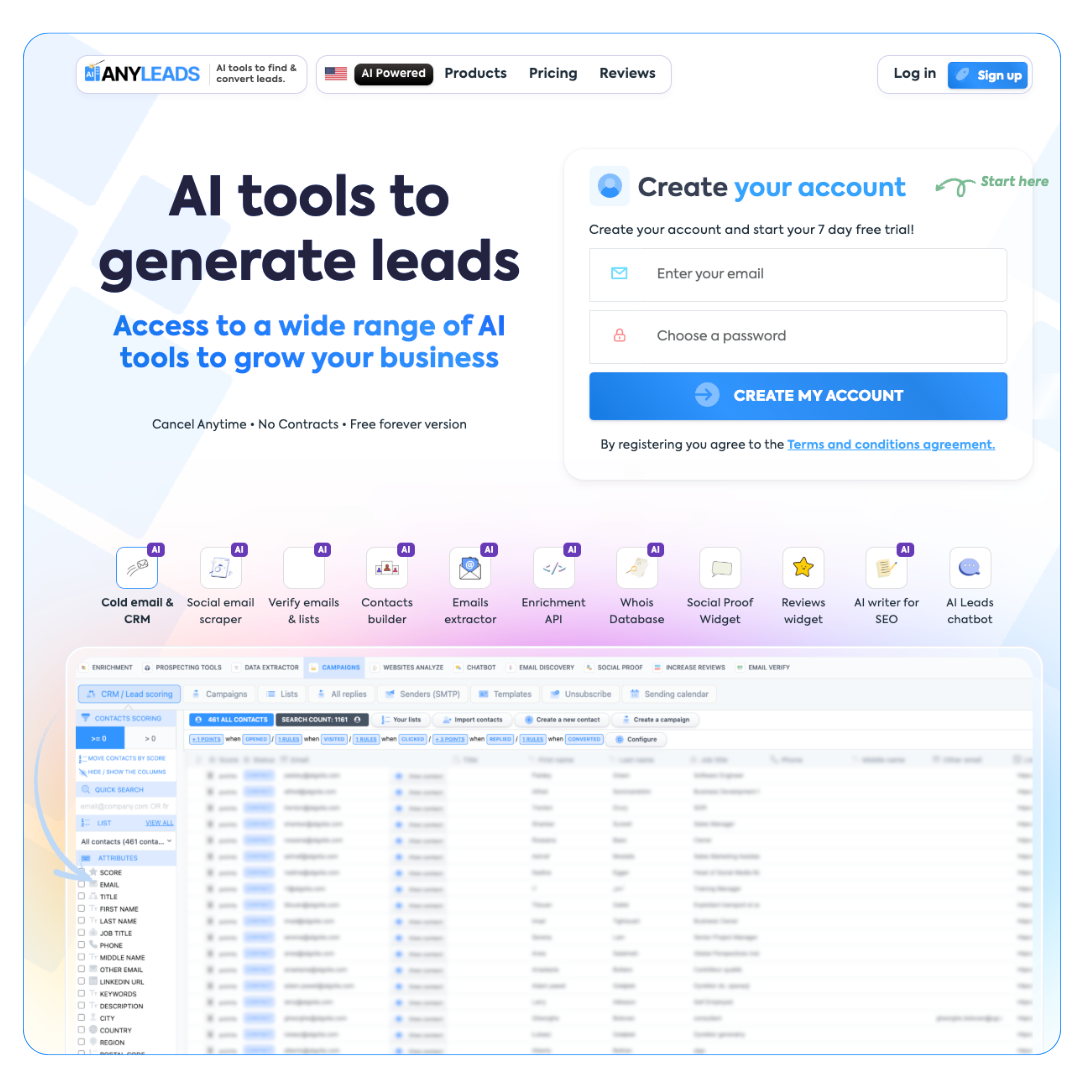 LIMITED SPOTS
All plans are 30% OFF for the first month! with the code WELCOME303
LIMITED SPOTS
All plans are 30% OFF for the first month! with the code WELCOME303

 LIMITED SPOTS
All plans are 30% OFF for the first month! with the code WELCOME303
LIMITED SPOTS
All plans are 30% OFF for the first month! with the code WELCOME303


With so many services (Gyre, Onstream Live, LiveReacting, etc.) picking the right one can be confusing. Content creators, brands, and community builders are increasingly exploring continuous live streaming as a way to stay visible, grow their audience, and provide nonstop engagement. But the platform you choose has a direct impact on both your experience and your audience’s. That’s why making a well-informed decision is so important before you lock yourself into a particular provider.
In this guide, we'll go through the different factors to consider when choosing a 24/7 live streaming option. In doing so, we'll take a look at some of the big names in the game, and highlight why some platforms stand out for creators who want a mix of automation and interactivity. Let's get into it.
Unlike traditional live broadcasts, which start and end at set times, 24/7 streaming is designed for continuity. It allows channels to remain live indefinitely by replaying pre-recorded videos or blending live segments with automated content. This approach is used across a variety of niches, for example:
Gaming channels: As some of the most popular content on the web right now, it’s important for gaming channels to gain visibility in a competitive market. A strategy for this is to use 24/7 livestreams to get the most out of their visibility in platform algorithms.
Media brands: Several media brands now broadcast some of their content, such as shows or talk segments, on repeat.
Educators and nonprofits: Provide uninterrupted access to learning materials or awareness campaigns.
Businesses and marketers: We’re seeing more businesses use always-on streaming to promote products and keep audiences engaged at any time.
Because the stream doesn’t stop, it builds familiarity. Returning viewers know your channel will always be “on,” and new visitors are more likely to stay and engage. But none of this is possible without the right platform.
When you start to look at different providers, there are a lot of different practical and strategic factors to compare. Each factor influences not only your daily workflow and how your livestreams run, but also how well your audience responds and their enjoyment levels.
One of the first decisions is whether you want a cloud-based platform or a setup that requires hardware encoders and dedicated servers.
Hardware-heavy solutions: Because these are hardware-based, they require you to have some level of technical expertise as well as physical equipment. While powerful, they are overkill for most creators and can be costly to maintain.
Cloud-based tools: These make it possible for you to upload content and manage streams from a browser. Typically, setup is much faster as a result, and maintenance is minimal. Because streaming occurs via the cloud, scaling is simple and doesn't require physical hardware upgrades.
It's no surprise that most creators go with cloud-based options, as the flexibility that is offered is incomparable.
Cost is likely to be one of the biggest deciding factors. Instead of just comparing how much the subscription costs, think about how the pricing models align with your plans for growth in the future.
Entry-level tiers may work for small channels, but can quickly hit limitations as your library or audience begins to grow.
Scalable plans let you add storage, bandwidth, or interactive features without having to completely rebuild your workflow from scratch.
Some services appear cheap upfront but penalize you with steep overage fees or require costly add-ons. Others bundle advanced features into mid-tier plans, offering better value in the long run. Always project your channel’s growth and evaluate the total cost of ownership, not just monthly fees.
The majority of viewers prefer to have the ability to interact with livestreams and find that it improves the overall viewing experience. Whether it’s quizzes, polls, chat integration, or dynamic overlays, interactivity creates a deeper bond with your audience.
Minimal interactivity: Some platforms only handle looping videos without options for audience engagement. This may work for passive content but can feel flat.
Rich interactive tools: Other providers offer live polls, trivia, gamified experiences, and chat integrations. These turn a stream into a community hub rather than just a broadcast.
If you want to build loyalty and keep viewers watching, prioritize platforms that treat interactivity as a core feature, not an afterthought.
Your audience isn’t limited to one platform or device. Some watch on mobile, others on desktop, smart TVs, or within apps like YouTube and Facebook. A good streaming tool should support broadcasting across multiple platforms with minimal friction.
Single-platform focus: Services locked into one ecosystem can stunt your growth.
Multi-platform compatibility: These tools make it possible to broadcast across different platforms simultaneously, therefore expanding your reach in a huge way.
It's always worth thinking about mobile management. If you're able to adjust your stream from a phone or a tablet, you're going to be much more flexible with your plans. With this option, you're not always going to be tied to your desk during lengthy livestreams.
Data is the backbone of long-term growth. Without analytics, you’re flying blind. Look for features such as:
Viewer counts and watch time
Peak vs. average engagement metrics
Demographics and geographic data
Performance per content type or playlist
The best platforms provide detailed, easy-to-digest reports that help you optimize content scheduling and demonstrate ROI if you’re working with sponsors.


Let’s take a brief look at how some of the major 24/7 streaming services measure up.
LiveReacting: Balances automation with interactivity. It not only handles continuous streaming but also integrates features like quizzes and dynamic overlays. This makes it more appealing for creators who want both efficiency and engagement without choosing one over the other.
Gyre: Well-suited for automating YouTube loops, but lacks advanced interactivity and broader platform flexibility. Best for channels that only want simple automation.
Onstream Live: Offers decent customization and automation tools but can feel rigid for those who want deeper engagement features.
While all three tools get the job done, LiveReacting’s emphasis on reliability combined with built-in interactivity makes it stand out for most creators aiming for sustainable channel growth.
The right choice ultimately depends on your goals. If you just need a nonstop broadcast with minimal input, a simple automation-focused service might be enough. On the other hand, if having audience engagement is going to be central to your growth strategy, you need to look for a platform that supports advanced interactive features.
We touched on this earlier, but if you're anticipating growth in the future, it's not a good idea to be locked into a pricing plan that won't match your needs. Look for platforms that have flexible options and are transparent about their pricing at different levels.
Above all, it's important to test different options before you commit to one. Many providers offer free trials, giving you the opportunity to explore different features and how your audience responds. Don’t just measure technical performance though; take some time to consider how well the platform supports your brand voice and community vision.
Choosing between different 24/7 live streaming tools is less about finding the “best” in absolute terms and more about aligning with your specific needs. If you want a balanced platform that goes beyond automation and actively helps you engage your audience, LiveReacting is a strong option to consider. It’s designed with creators in mind, and offers both technical reliability and audience-focused features that make a stream more than just background noise.
Before you make your final decision, try experimenting with a free trial or two from platforms that offer different experiences. Overall, though, prioritize platforms that are built for reliability and engagement, because in the end, your audience doesn’t just want a channel that’s “always on,” they want one worth returning to.